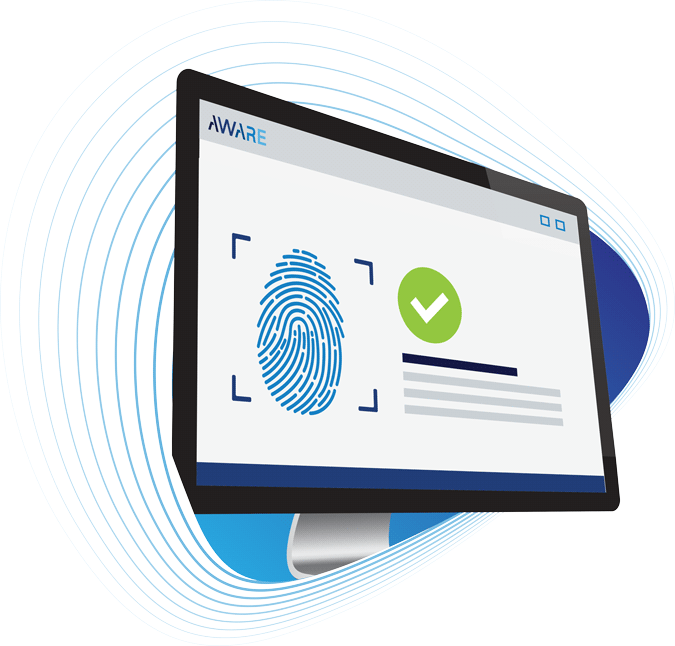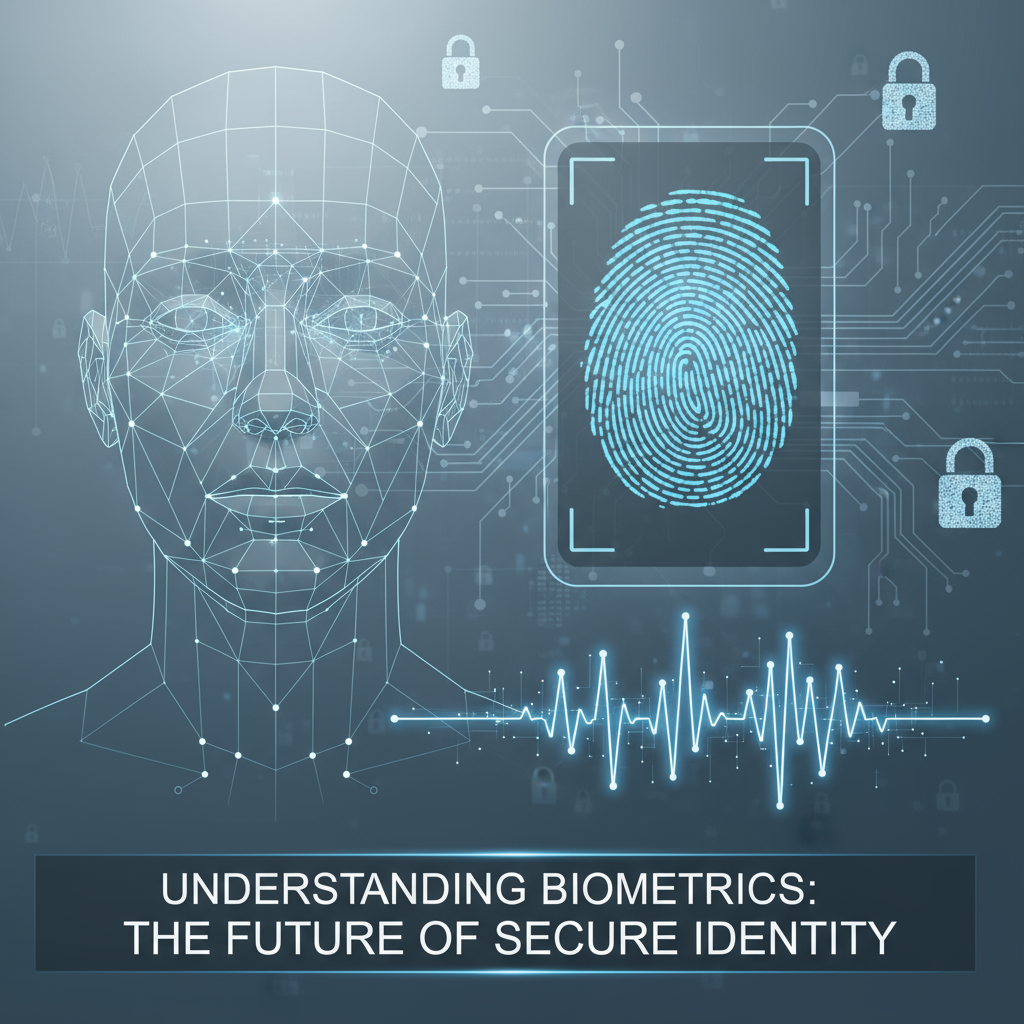In today’s digital-first world, where identity theft, fraud, and security breaches are rising, governments and enterprises are increasingly turning to biometric technologies for reliable identity management. Among these technologies, the Automated Biometric Identification System (ABIS) stands out as one of the most powerful tools.
At its core, ABIS is designed for large-scale biometric identification and deduplication. Unlike traditional verification methods that confirm whether a person is who they claim to be (one-to-one verification), ABIS goes further. It conducts one-to-many biometric searches, answering the broader question: “Who are you?”
For example:
-
Identification (ABIS): During a police booking, a new mugshot is checked against millions of existing templates in a database to confirm whether the individual has prior records.
-
Verification: Using Face ID to unlock your smartphone, which simply confirms that the user matches the stored template.
This distinction is crucial, as ABIS systems have become critical in law enforcement, border security, healthcare, and enterprise identity verification.
How ABIS Works

ABIS operates by comparing a person’s biometric identifiers—fingerprints, facial patterns, iris scans—against a database of biometric templates.
Step 1: Collection of a Probe Sample
-
With knowledge: Fingerprint scans, mugshots, or iris scans taken during enrollment or booking.
-
Without knowledge: Latent samples such as fingerprints lifted from crime scenes.
Step 2: Creation of Biometric Templates
-
Each fingerprint, iris, or facial feature is converted into a digital template containing unique characteristics.
-
Templates ensure that even if databases are breached, actual biometric images cannot be reconstructed easily.
Step 3: Algorithmic Matching
-
ABIS uses complex algorithms to compare the probe sample against stored templates.
-
It can handle millions of records in seconds, making it essential for large-scale databases.
Example
If a latent fingerprint is recovered from a crime scene, ABIS can create a digital template for that print and check it against millions of stored prints. Even if the suspect’s identity is unknown, ABIS can link the same person to multiple crime scenes.
Data Point: The FBI’s IAFIS (Integrated Automated Fingerprint Identification System), a type of ABIS, processes 162 million fingerprint records and performs over 70,000 searches daily.
History of ABIS
The story of ABIS began with AFIS (Automated Fingerprint Identification System) in the 1980s, developed by the FBI to digitize fingerprint matching.
-
1980s: FBI launches AFIS for fingerprint searches.
-
1999: AFIS evolves into IAFIS, enabling access for 18,000+ state, local, federal, tribal, and international agencies.
-
2004: The U.S. Department of Defense (DoD) implements ABIS to track national security threats.
-
2005: DoD makes ABIS interoperable with IAFIS, consolidating criminal and security databases.
-
Today: ABIS systems can now process multi-modal biometrics (fingerprints, face, iris, voice).
Initially focused on law enforcement, ABIS now plays a crucial role in border control, immigration, healthcare, enterprise security, and fraud prevention.
Public Sector Applications of ABIS
1. Criminal ABIS
-
Specializes in handling latent fingerprints from crime scenes.
-
Matches them against criminal databases to identify suspects.
-
Increasingly includes facial recognition from video surveillance.
-
Supports examiner tools to refine results for investigators.
Example: Interpol’s fingerprint database, linked to national ABIS systems, enables cross-border identification of criminals.
2. Civil ABIS
Unlike criminal ABIS, civil ABIS focuses on voluntary biometric submissions.
-
Border Management: Visa applicants and travelers provide biometric data (fingerprint, face scans).
-
Fraud Prevention: Stops individuals from creating multiple false identities when applying for benefits.
-
Immigration: U.S. DHS’s IDENT system manages over 200 million identities and shares data with IAFIS for cross-verification.
Case Study: After 9/11, the U.S. government integrated IAFIS and IDENT to ensure potential threats flagged in immigration systems could be cross-checked with criminal databases.
Private Sector Applications of ABIS
1. Healthcare
-
Used for patient identity verification before treatment.
-
Helps reduce medical identity fraud, a growing concern globally.
-
WHO recommends biometric systems to improve patient verification in developing countries.
Data Point: According to a 2022 Ponemon Institute study, 65% of healthcare organizations reported medical identity theft cases, costing an average of $13,500 per incident. ABIS helps mitigate these risks.
2. Enterprise
-
Assists in onboarding new employees and customers.
-
Prevents duplicate accounts with false biographic details.
-
Can cross-check applicant biometrics against criminal databases.
Example: A fintech company can use ABIS to verify that a new customer has not created multiple fraudulent accounts with different details but the same fingerprint or face scan.
ABIS Modalities and Technologies
Modern ABIS systems are multi-modal, integrating several biometric identifiers:
-
Fingerprints (most widely used).
-
Facial recognition (increasingly common with AI-powered systems).
-
Iris recognition (high accuracy, difficult to forge).
-
Voice authentication (emerging for financial services).
Liveness Detection and Spoof Prevention
ABIS systems now include anti-spoofing technologies to ensure biometric samples are from real, live individuals and not fake reproductions (e.g., photos, masks, or 3D-printed fingerprints).
Market Data: The global biometric systems market is projected to reach $83 billion by 2027 (Allied Market Research), with ABIS playing a central role.
Benefits of ABIS
-
Accuracy: Provides high match reliability for large-scale databases.
-
Scalability: Capable of handling millions of records in seconds.
-
Fraud Prevention: Reduces duplicate identities and false claims.
-
Interoperability: Enables data sharing across agencies and organizations.
-
Security: Supports law enforcement, healthcare, and enterprise security needs.
-
Efficiency: Saves time compared to manual searches.
Example: In India, the Aadhaar system—a civil ABIS—has enrolled over 1.3 billion citizens using fingerprints, iris, and facial biometrics. It is considered the world’s largest biometric database.
Aware, Inc. and ABIS Products
As one of the leaders in biometric solutions, Aware, Inc. provides:
-
AwareABIS: A complete automated biometric identification system.
-
WorkbenchSuite: Forensic add-ons for advanced investigations.
-
Biometrics-as-a-Service (BaaS): Cloud-based solutions for enterprises.
Their offerings cater to both public and private sector needs, including law enforcement, border security, and enterprise identity verification.
Conclusion
Automated Biometric Identification Systems (ABIS) have transformed the way governments and organizations manage identity, prevent fraud, and protect security. From law enforcement applications like criminal ABIS to civil use cases like border control and healthcare, ABIS is now a cornerstone of modern identity management.
As technology evolves, ABIS will continue integrating advanced modalities, AI-driven algorithms, and cloud-based delivery, making identity verification more accurate, secure, and accessible worldwide.
For businesses and agencies alike, investing in ABIS is not just about security—it’s about trust, efficiency, and future readiness.
FAQs
1. What is the difference between ABIS and AFIS?
AFIS was designed primarily for fingerprints. ABIS is a broader system that supports multiple biometrics like face, iris, and fingerprints.
2. How does biometric identification differ from verification?
Identification is one-to-many (Who are you?), while verification is one-to-one (Are you really you?).
3. What industries benefit most from ABIS?
Law enforcement, border control, healthcare, enterprise security, and financial services.
4. How does ABIS prevent identity fraud?
It detects duplicates by comparing new biometric submissions against existing records, blocking fake aliases.
5. What are latent fingerprints?
Fingerprints left unintentionally at crime scenes, which can be digitized and matched using ABIS.
6. How do civil and criminal ABIS differ?
Criminal ABIS focuses on suspects and forensic evidence, while civil ABIS manages voluntary enrollments like visas and benefits programs.
7. What is the largest ABIS system in the world?
India’s Aadhaar program, with over 1.3 billion records, is the world’s largest ABIS database.
Debabrata Behera is a passionate blogger who writes about digital trends, personal growth, and practical insights, helping readers stay informed, inspired, and ready to achieve success in life.




